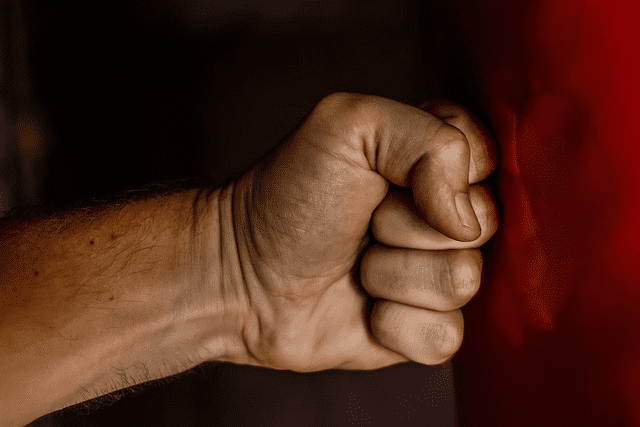
There are many styles of Karate. Shotokan Karate is derived from many different martial arts, and its founder is Gichin Funakoshi. There are many other Karate styles found all around the globe (for example, Okinawan Karate), and each form of Karate training is unique in its own way.
This article will focus on the most important aspects of Shotokan Karate, its creator master Funakoshi, and will try to answer some of the most popular questions about the topic.
Shotokan Karate Is A Traditional Martial Art From The Island Of Okinawa In Japan
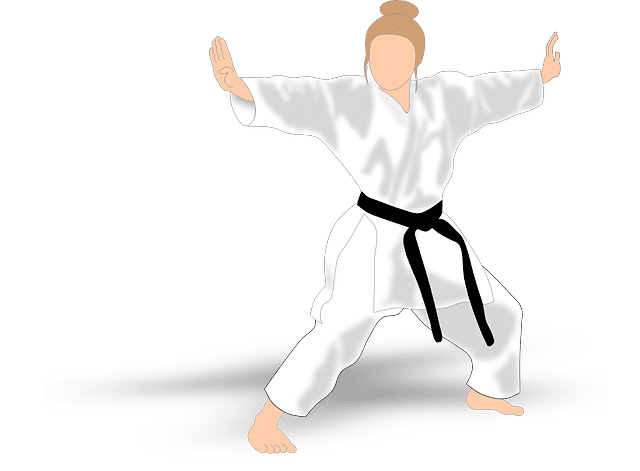
The first styles of Karate appeared on the island of Okinawa, and the martial art was known under the name “Okinawan Karate”. It was also called Okinawa Te.
History Of Shotokan Karate
Gichin Funakoshi was born in 1868 and is considered the founder of Shotokan schools and Karate. He even took a step further and integrated philosophical teachings into a martial art.
Master Funakoshi, the man who created Shotokan, was trained in two styles of Okinawan Karate training – Shorei-Ryu and Shorin-Ryu.
Master Funakoshi taught both styles, but then he came to the idea to create a simpler style of Karate practice that covers the ideals of both Okinawa developed styles. However, its master has never given a specific name to the style, it remained known under the name “Karate”.
He founded the style Shotokan in 1936, but one of the most popular Karate styles was later further developed by his son Yoshitaka Funakoshi and the first-ever Japan Karate Association headmaster Masatoshi Nakayama.
Interestingly, Funakoshi’s students created a signboard with the name “Shotokan”, he didn’t give the name to his style. The first dojo was created in 1936 but it went to blaze in an allied bombing in 1945.
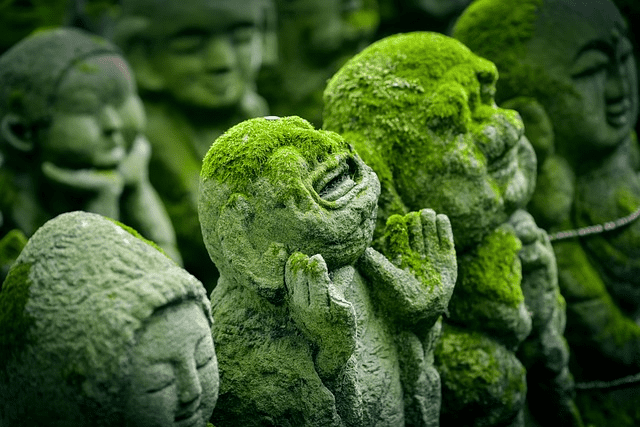
Master Funakoshi, the founder of Shotokan Karate, always emphasized the importance of a proper uniform as an iconic aspect of this martial art. If you wish to further connect with this invaluable heritage and wish to enhance your overall Karate experience, don’t overlook this comprehensive guide of the Best Karate Gi. It could well shed light on the uniform that resonates with your unique martial arts journey.
Shotokan Karate Belt Order
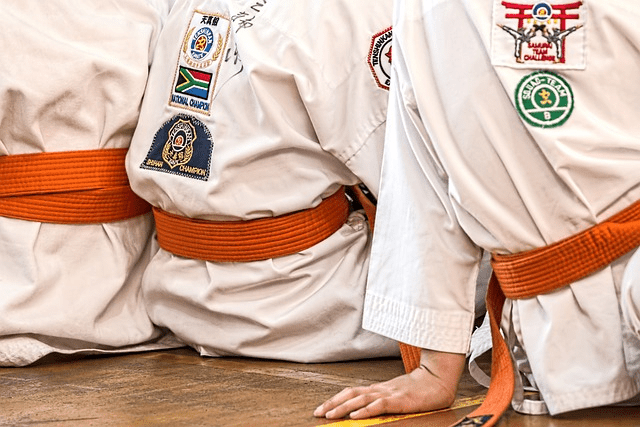
The Karate belt system offers various colors to determine the Karate student’s knowledge level. The color of the belt gets darker as you advance, and some even believe that the white belt gets dirty as time goes by and turns into a black belt with advanced knowledge of kihon kata.
The order of Shotokan Karate belts looks like this (we will use the pattern level – belt color – kihon kata name):
- 9th kyu – white belt – Heian Shodan;
- 8th kyu – yellow belt – Heian Nidan;
- 7th kyu – orange belt – Heian Sandan;
- 6th kyu – green belt – Heian Sondan;
- 5th kyu – purple belt – Heian Godan;
- 4th kyu – purple and white – Tekki Shodan;
- 3rd kyu – brown – Bassan Dai;
- 2nd kyu – brown and white – Bassan Dai;
- 1nd kyu – brown and white – Bassai DaiKanku DaiJionOr Empi;
- Shodan 1st dan – black – all katas.
Of course, you must improve your kata knowledge, your fighting techniques, and your free sparring skills as the color of your belt gets darker, but Shotokan Ryu dojo students choose their road later.
Shotokan Karate Techniques
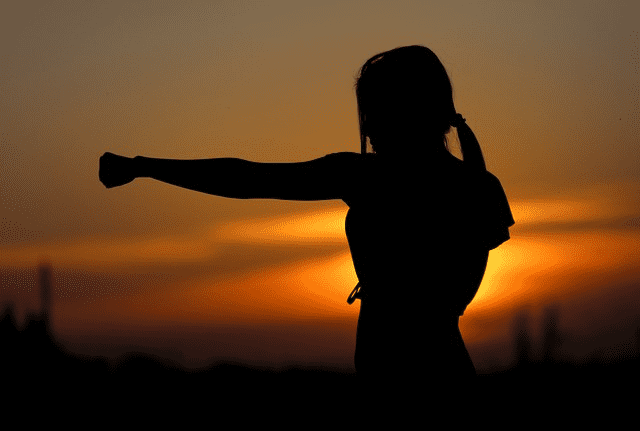
We can divide Karate techniques into Kata, Bunkai, stances, kicks, and punches.
The modern karate version of Shotokan Ryu offers 26 different katas (pre arranged fight techniques that simulate realistic combat with imaginary enemies), and every kata has a specific number of movements. The record holder is Gojushiho Dai, with a score of 67, while you can see the smallest number of moves in orange belt kata (Heian Sandan) – 20.
Shotokan Karate Bunkai
Bunkai is the singular element of each Karate kata. Let me give you an example. Your teacher wants to teach you kata, he will probably break it down into offensive and defensive moves, high and low blocks, basic techniques, and sparring techniques, i. e. bunkai… It differs for every single kata in everyday life.
Shotokan Karate Stances
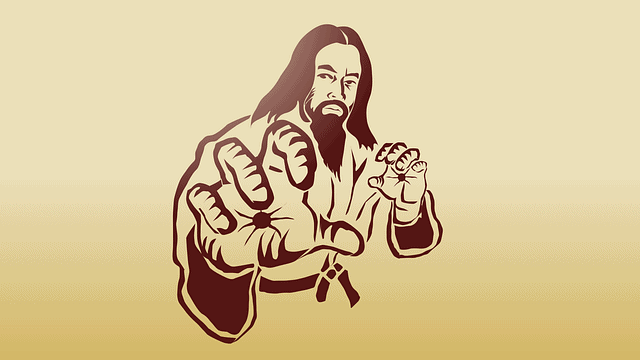
Fighting techniques follow a very strict pattern of moves and stances. There is a total of 16 stances in Master Funakoshi’s Karate, and I will give you a brief description of every single one of them:
- Heisoku-dachi – Both feet together, you use it when you’re bowing.
- Musubi-dachi – heels together, the feet are turned out at 45 degrees, used when bowing.
- Heiko dachi – used after bowing, both feet are kept parallel.
- Zenkutsu dachi – front stance, one foot forward, weight shifted on the front foot (70%), 30% of the weight on the back foot.
- Kiba dachi – Horse-riding stance, popular in various kata forms.
- Kokustu dachi –back stance, 70% weight on the back leg, 30% on the front leg, used in katas.
- Hangetsu dachi – half-moon stance, central weight distribution (50% on the front and 50% of the weight on your back foot).
- Fudo dachi – zenkutsu dachi with the right leg in front.
- Sanchin dachi – hourglass stance, used in Nijushiho and Unsu.
- Neko ashi dachi – cat stance.
- Tsuru ashi dachi –crane foot stance.
- Sagi-ashi-dachi – heron leg stance used in kata Gankaku and Chinte.
- Kosa dachi – crossed legs stance.
- Migi ashi orishiku – right leg kneeling stance, you can see it in kata Enpi.
- Renoji dachi – L shape stance, front and back foot make the letter L.
- Teiji dachi – T shape stance, front and back foot make the letter T.
Shotokan Karate Kicks
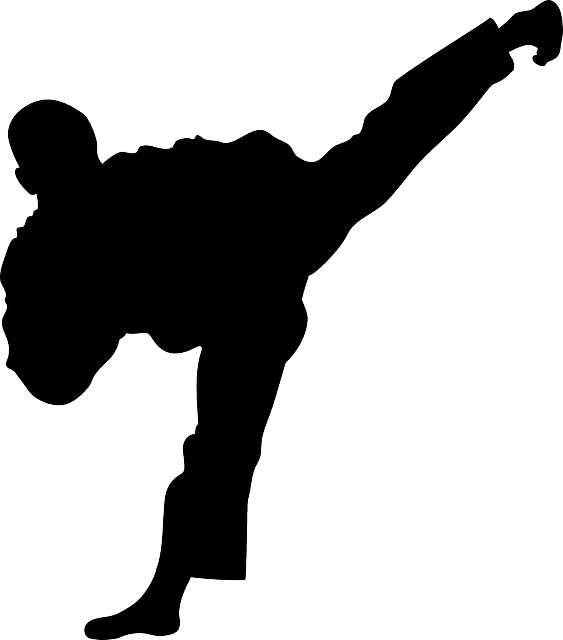
Master Funakoshi’s style incorporates the excessive use of kicks in combat and katas. Here are the most often ones, with explanations:
- Ashi Barai – Foot Sweep that knocks your opponent off balance.
- Fumikomi –Stomping Kick attacks the knee, foot, or thigh, and can be useful in chopping your opponent down during training sessions.
- Gedan Mawashi Geri – Low Roundhouse Kick to create some thigh damage.
- Hiza Geri – Knee Strike aims your foe’s knee.
- Kakato Otoshi Geri – Axe kick targets the clavicle bone or the forehead.
- Kansetsu Geri – Joint Kick is aimed at the side or back of the opponent’s knee.
- Kin Geri – Groin Kick is excellent for self-defense in the dojo, but illegal in the competition.
- Mae Geri – Front Kick can target the groin, stomach, or chin, a very powerful defensive strike.
- Mikazuki Geri – Crescent Kick is brutal if it reaches the opponent’s head.
- Uchi Mikazuki Geri – Inside Crescent Kick travels in a circular motion from the inside to the outside.
- Otoshi Mawashi Geri – Downward Roundhouse Kick is angled downwards towards the target, it is hard to perform.
- Tatsumaki Senpuu Kyaku – Tornado Kick – a spinning roundhouse kick that aims at the stomach or head.
Shotokan Karate Punches
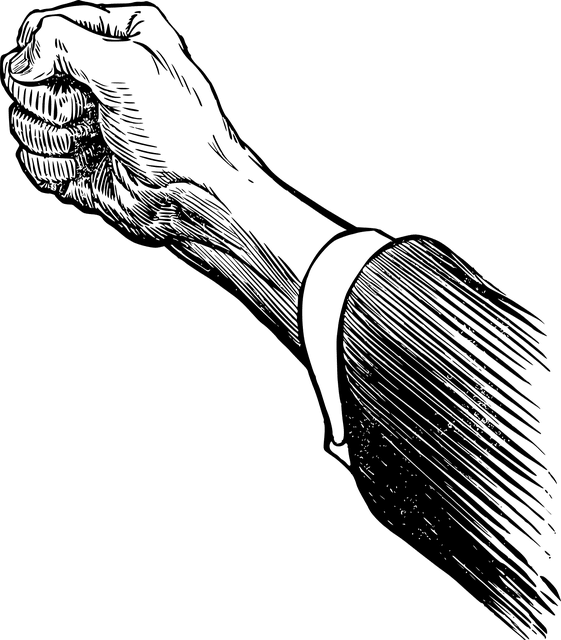
There are many vicious punches and elbows in Master Funakoshi’s Karate, and we’ll focus on the most powerful techniques:
- Age Zuki – Uppercut punch makes a lot of damage and can put the opponent to sleep.
- Enpi – elbow strike, you can use it to cut your opponent.
- Haishu Uchi – reverse slap, if you play Tekken look at Anna Williams’ combo.
- Haito Uchi – Ridge hand strike is an open palm strike.
- Nihon Ken – Two-finger strike, self defense technique used to eye gouge your opponent.
- Kage Zuki – hook punch, good for counters or offense.
- Nukite – Spear hand strike, all the fingers except the thumb target the opponent’s face or body.
- Tate Zuki – Vertical Punch – the fist targets your foe vertically.
Is Shotokan Karate Effective For Self-defense In A Real Fight?
The original fighting method of Master Funakoshi’s Karate would work very well in a street fight or real sparring. But here comes the problem – full contact is not allowed in the competition, so the competitors must control their actions.
This could be a big problem when somebody attacks you. Imagine you studied Karate for your whole life and touched a bully- it will only make him angry and give him extra power. Other styles of Karate that allow full contact would be more efficient, but Shotokan training can save you too.
Master Gichin Funakoshi – Father Of Modern Karate
Many consider master Funakoshi “the father” of modern Karate because he was the first person who tried to introduce Okinawan Karate (the popular name “Okinawan hand”) to mainland Japan.
Gichin Funakoshi is also a founder of the popular style Shotokan, which was derived from his training sessions with two Okinawan masters – Yasatsune Azato and Anko Itosu.
After the Japanese Ministry of Education saw his Karate demonstration, master Funakoshi was asked to introduce his fighting style and a martial way to mainland Japan. In 1936, he received donations to build the first official Karate school, which got the name in his honor.
Famous Practitioners
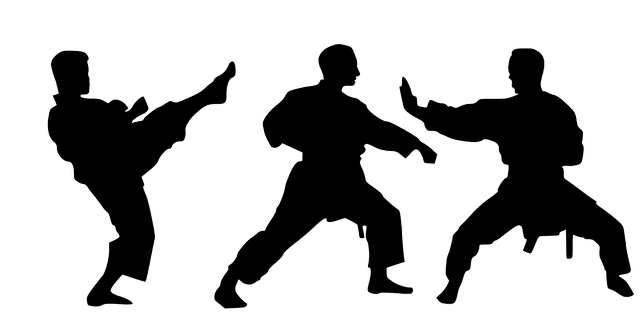
The most famous name in the world of mixed martial arts is Yoshizo Machida,the father of Lyoto Machida (former UFC champ) and Shinzo Machida (MMA fighter).
Japan Karate Association
Master Funakoshi dedicated his whole life to the promotion of the sport. By 1949, he and his followers had established an association to promote Karate. Its name was Nihon Karate Kyokai or Japan Karate Association.
The Japan Karate Association’s first Headquarters Dojo was founded in 1955 at Yotsuya, in Tokyo, Japan. The first-ever Karate training program was established in 1956.
The Japanese Ministry of Education recognized JKA as an association of members that promotes the growth of the sport. It was the first-ever organization to establish dojos outside of Japan, and one of the most influential Karate organizations in the 20th century.
Shotokan Karate Books To Read

There are tons of valuable Shotokan Karate books, but I will pinpoint the most important ones:
- The Shotokan Karate Bible: Beginner to Black Belt – let’s learn kata, bunkai, Kumite & more for Shotokan Karate.
- Karate: The Complete Kata – it covers all aspects of Shotokan.
- Bunkai of the Shotokan Kata – Up to Black Belt – This book helps students learn fighting techniques.
- Karate Fighting Techniques: The Complete Kumite – a very comprehensive guide to Kumite (sparring).
- Karate-Do: My Way of Life – focused on Gichin Funakoshi, the founder of Shotokan Karate.
Shotokan Karate Frequently Asked Questions
Is Shotokan Karate effective? More than other martial arts?
Unfortunately, the competitive combat of Shotokan schools has changed a lot, the full contact is not allowed in the competition. The Karate fighting techniques are dangerous, but the fighter is learned to control the power, so it might give him a hard time in real combat (in Krav Maga, for example, you don’t control strikes).
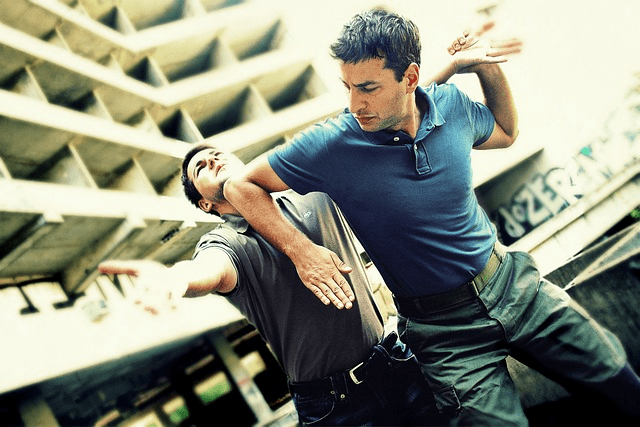
What is the difference between karate and Shotokan Karate?
Shotokan’s trademarks are deep, long stances and powerful long-range techniques. Compared to other styles, its sparring techniques can hurt the opponent badly from long range. Also, unlike Kyokushinkai, Shotokan prohibits full contact in the competition.
What does Shotokan mean in Japanese?
Shoto means “pine waves”, (the movement of pine needles when the wind blows through them), while “kan” reflects the name “house” or “hall”. Interestingly, master Funakoshi didn’t give the name. In his honor, students created a sign with the name “Shoto-kan”, which they placed above the entrance, which led to a new name.
What fighting style is Shotokan?
It is a type of Karate characterized by deep, long stances in forms (Kata) and a very dynamic fighting aspect of the game (Kumite).
Is Shotokan real Karate?
Shotokan has original roots, the majority of moves come from the old-school Okinawan style, but forms and names are different. But I must offer you a questionable answer – rule changes killed the sport because full contact was prohibited, but it can still be very efficient when you transition to other martial arts, against other martial artists.
Is Shotokan Karate Chinese Or Japanese?
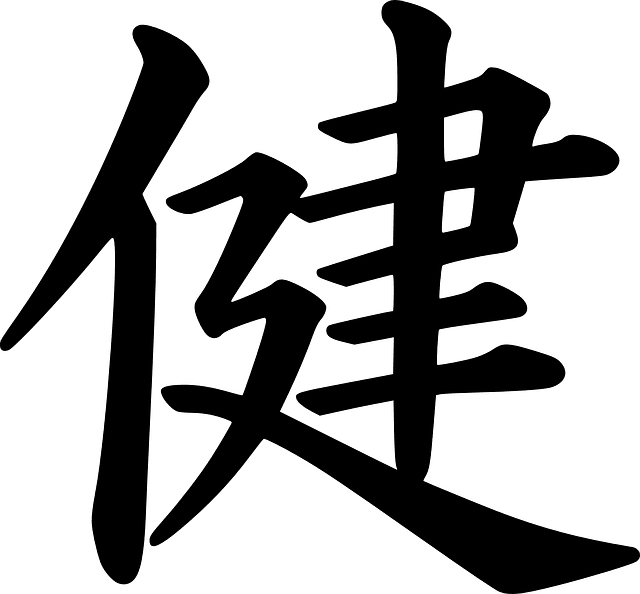
Shotokan belongs to the family of Japanese martial arts, but you might see the similarities between southern China kung fu styles and this sport thanks to the Japanese influence in World War III – deep and long stances that provide stability and power.
How long does it take to get each belt in Shotokan Karate?
It depends on your skill level, but it typically requires at least 38 months to reach from white belt to third-degree brown belt.
How long does it take to get Shotokan black belt?
At least 44 months of training, 38 to brown belt, and at least six months to try to learn unarmed fighting techniques and katas for the black belt.

